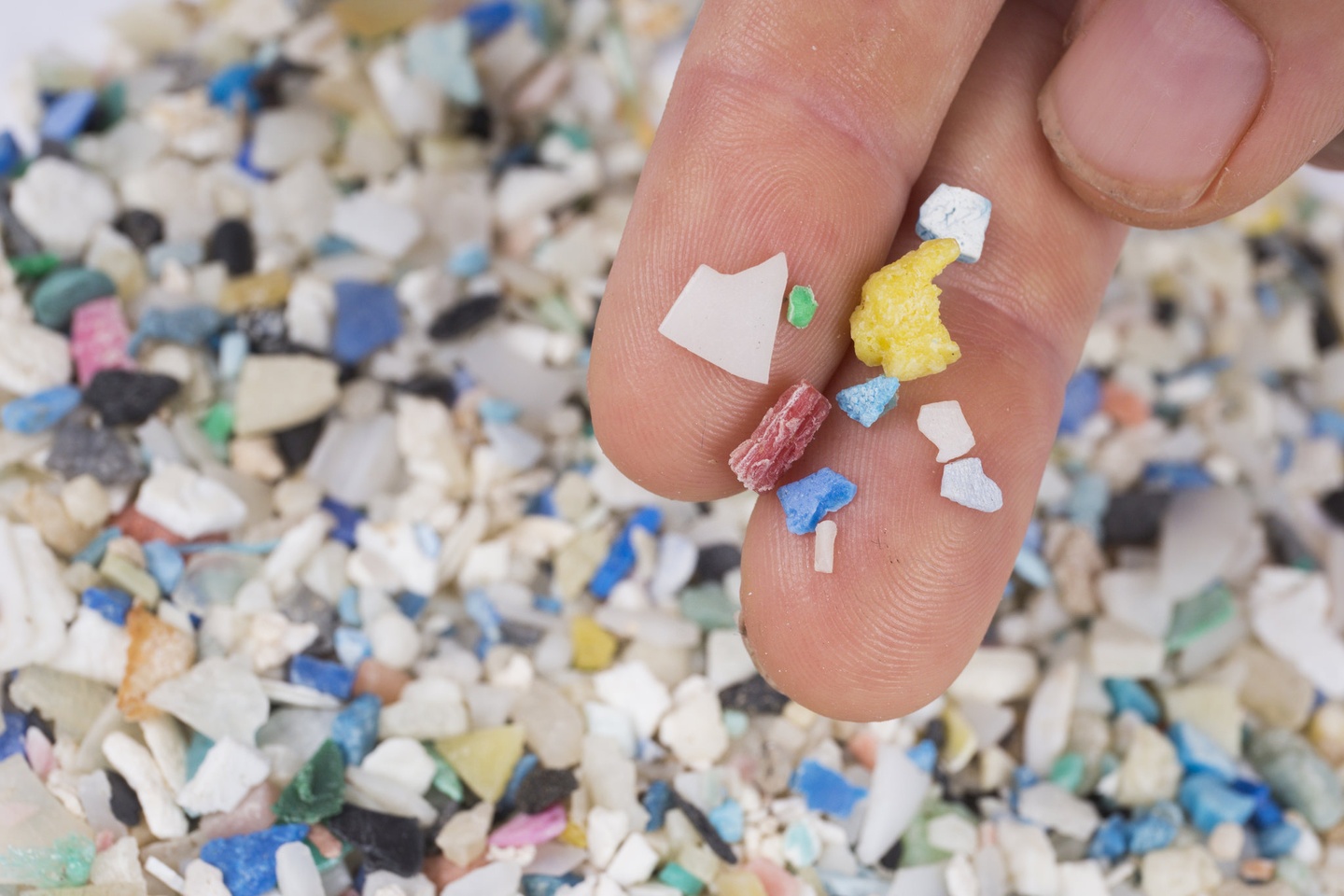An Arctic expedition led by scientists, students, and media men came upon a microplastic discovery that led them into disappointment and frustration.
The Arctic Expedition
An Arctic expedition led by scientists, students, and other environmental advocates got on board a Swedish shipping vessel, the Icebreaker Oden, to scour the Canadian Arctic Archipelago for any signs of environmental concerns.
To the group’s dismay, a microplastic discovery was the least issue they were expecting to run into. Chunks of ice showed signs of microplastic attachments in it.
A microplastic discovery
A microplastic, as defined by the US National Oceanic and Atmospheric Administration (NOAA), is any kind of plastic fragment that is measured less than 5mm.
From whole plastics, they break down into microplastics and even smaller pieces through time. Due to its non-biodegradable quality, these microplastics can travel across maritime borders and affect marine diversity along its way.
The harm microplastics bring to marine life, organisms, animal, and even humans are very imminent.
Krystian Kopka, a junior from City College of New York, and a part of the Arctic expedition, shared his sentiment regarding the microplastic discovery at the Canadian Arctic Archipelago.
Microplastics. Those are bad for the environment, especially marine life. Beluga whales, polar bears, and seabirds from the Arctic are greatly affected by the destruction of their habitat and ecosystem.
Kopka and the group collected samples of microplastics found during the expedition – plastics of different colors, shapes, and sizes.
The US NOAA has been studying the occurrence of plastic waste in sea ice from Beaufort Gyre, the Central Arctic, and the Eurasian Basin, but this was the first time they have encountered it on ice from the Northwest Passage.
The study on microplastics is not yet that extensive. Experts are doing major research on the full extent of its effect on the environment, collecting sediments, ice attachments, and water-surface samples.
The Arctic expedition is part of the Northwest Passage Project.
Featured image by Eco-Business







